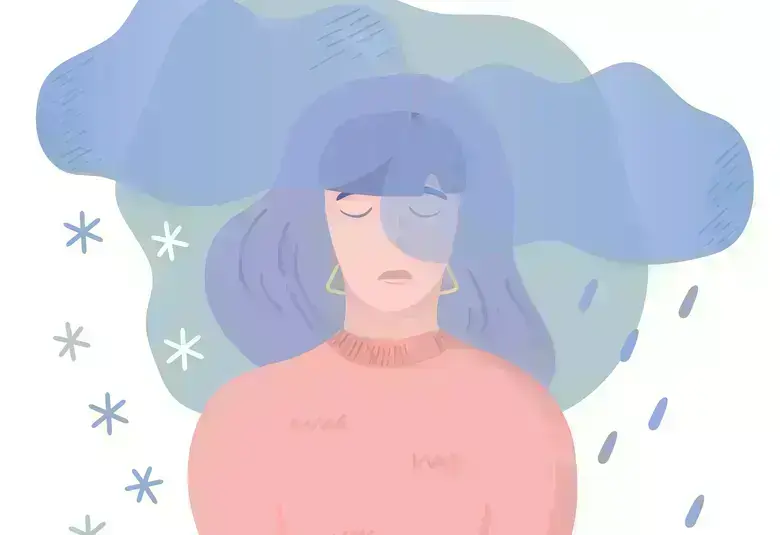In specialist clinics, cerebrospinal fluid biomarkers for Abeta1-42, Abeta1-40, tTau, and pTau or positron electron tomography imaging are used to identify individuals at risk of Alzheimer’s disease. More accessible and affordable early identification of Alzheimer’s disease is the future using machine learning, electroencephalography techniques and plasma Abeta1-42/Abeta1-40 testing, explained experts in a fascinating well-attended scientific symposium at EAN 2021.
전문 클리닉에서는 A베타1-42, A베타1-40, t타우 및 p타우(Abeta1-42, Abeta1-40, tTau 및 pTau)에 대한 뇌척수액 바이오마커 또는 양전자 단층 촬영 영상을 사용하여 알츠하이머병 위험이 있는 개인을 식별한다. EAN 2021의 많은 사람들이 참석한 대단히 흥미롭고 과학적인 심포지엄에서 알츠하이머병의 더 접근 가능하고 경제적인 조기 식별은 머신 러닝, 뇌파 검사 기술 및 혈장 A베타1-42, A베타1-40(Abeta1-42/Abeta1-40) 테스트를 사용하는 미래라고 설명하였다.
Electroencephalography is strongly predictive of neurodegeneration
뇌파검사는 신경 퇴행을 강력하게 예측한다
Early biomarkers will identify individuals at risk of Alzheimer’s disease and enable early intervention
조기 바이오마커는 알츠하이머병 위험이 있는 개인을 식별하고 조기 중재를 가능하게 할 것이다
Older people who believe they are losing their memory but have no objective deficits (subjective cognitive decline, SCD) are twice as likely to develop dementia as individuals who do not have SCD, said Stéphane Epelbaum, Paris, France. However, only 2.3% of people with SCD progress to dementia and 6.6% to mild cognitive impairment (MCI) each year.1
프랑스 파리의 스테판 에펠바움(Stéphane Epelbaum)은 자신이 기억을 잃어가고 있다고 생각하지만 객관적인 결함이 없는(주관적 인지 저하, SCD) 노인은 SCD가 없는 노인보다 치매에 걸릴 확률이 2배 더 높다고 말하였다. 그러나 매년 SCD가 있는 사람의 2.3%만이 치매로 진행하고, 6.6%는 경도인지 장애(MCI)로 진행한다.1
We can do better than just using the cognitive complaint to improve the identification of Alzheimer’s disease (AD), said Dr Epelbaum.
에펠바움(Epelbaum) 박사는 우리는 알츠하이머병(AD)의 식별을 개선하기 위해 단순히 인지장애를 이용하는 것 보다 더 잘할 수 있다고 말하였다.
He described the use of electroencephalography (EEG) as a new affordable more effective biomarker for preclinical AD.
그는 뇌파검사(EEG)의 사용을 알츠하이머병(AD)를 위한 경제적이고 더 효과적인 새로운 preclinical 바이오마커로 설명하였다.
The EEG is a useful biomarker for preclinical Alzheimer’s disease
EEG는 알츠하이머병에 대한 유용한 preclinical 바이오마커이다
Dr Epelbaum explained that the most prominent effects of neurodegeneration on the EEG are in the frontocentral brain with increased high-frequency beta and gamma oscillations and decreased low-frequency delta oscillations. In addition, a non-linear relationship between amyloid burden and the oscillations in subjects with neurodegeneration subjects—a U-shape curve for delta or an inverted U-shape curve beta and gamma—suggests initial compensatory mechanisms that are later overwhelmed for the highest amyloid load.2
에펠바움(Epelbaum) 박사는 EEG에 대한 신경퇴행의 가장 두드러진 효과는 고주파수 베타 및 감마 진동이 증가하고 저주파 델타 진동이 감소하는 전두중심 뇌에 있다고 설명하였다. 또한, 신경퇴행 환자의 아밀로이드 부하와 진동 사이의 비선형 관계 - 델타에 대한 U자형 곡선 또는 역 U자형 곡선 베타 및 감마 - 는 나중에 가장 높은 아밀로이드 양에 압도되는 초기 보상 메커니즘을 암시한다.2
A machine learning approach has now been used with the EEG data, said Dr Epelbaum. This has demonstrated that the EEG is strongly predictive of neurodegeneration even when the number of electrodes is decreased from 224 to four, with a negative predictive value of 82%, a positive predictive value of 38%, 77% specificity, and 45% sensitivity.3
에펠바움(Epelbaum) 박사는 현재 기계 학습 접근 방식이 EEG 데이터와 함께 사용되고 있다고 말하였다. 이는 전극의 수가 224개에서 4개로 감소한 경우에도 EEG가 음성 예측값 82%, 양성 예측값 38%, 특이도 77%, 민감도 45%로 신경변성을 강력하게 예측한다는 것을 입증하였다.3
Plasma Abeta42/Abeta40 ratio
혈장 A베타42/A베타40 (Abeta42/Abeta40) 비율
Plasma Abeta42/Abeta40 ratio can improve selection of patients for trials
혈장 A베타42/A베타40 (Abeta42/Abeta40) 비율은 임상 시험을 위한 환자 선정을 개선할 수 있다
Plasma Abeta42/Abeta40 ratio has potential as a prescreener for identifying preclinical AD in cognitively normal individuals with SCD, said Femke H. Bouwman, Amsterdam, The Netherlands.
네덜란드 암스테르담의 펨키 H. 바우먼 (Femke H. Bouwman)은 혈장 A베타42/A베타40 (Abeta42/Abeta40) 비율이 인지적으로 정상인 SCD 사람들에게서 알츠하이머병을 preclinical하게 식별하기 위한 사전 스크리너로서의 가능성이 있다고 말하였다.
Dr Bouwman described how the plasma Abeta42/Abeta40 ratio can improve the selection of patients for randomized controlled trials. In the past patients would be selected by identifying amyloid abnormality in the cerebrospinal fluid (CSF), but the lumbar puncture would need to be carried out in 434 individuals with SCD to identify 110 subjects with abnormal amyloid for inclusion in a trial.
바우만(Bouwman) 박사는 어떻게 혈장 A베타42/A베타40 (Abeta42/Abeta40) 비율이 무작위 대조 시험을 위한 환자 선택을 개선할 수 있는지 설명하였다. 과거에는 뇌척수액(CSF)에서 아밀로이드 이상을 확인하여 환자를 선택했지만 임상 시험에 포함하려면 비정상적인 아밀로이드를 가진 110명의 대상을 확인하기 위해 434명의 SCD 사람들에게서 요추 천자를 수행해야 했다.
Using the plasma Abeta42/Abeta40 ratio before CSF screening would mean that lumbar puncture would need to be carried out in only 220 individuals with SCD to identify 110 subjects.4
CSF 스크리닝 전에 혈장 A베타42/A베타40 (Abeta42/Abeta40) 비율을 사용한다는 것은 110명의 대상을 식별하기 위해 SCD가 있는 220명의 사람들에게만 요추 천자를 수행해야 함을 의미한다.4
Our correspondent’s highlights from the symposium are meant as a fair representation of the scientific content presented. The views and opinions expressed on this page do not necessarily reflect those of Lundbeck.




